Understanding Breast Cancer - Treatment Options and Surgery in Turkey - Assoc. Prof. Dr. Mutlu UNVER - Izmir, Turkey
- Doç.Dr.Mutlu Ünver

- Feb 15, 2024
- 9 min read
Updated: Mar 2, 2024
Table of Contents
What is Breast Cancer?
Breast cancer is a type of cancer that starts in the breast cells and is the second most common type of cancer worldwide after lung cancer. It is reported that one in 8 women will develop breast cancer at some point in their lifetime.

It can also occur in men, but female cases are 100 times more common than male cases. The incidence of breast cancer has been increasing since the 1970s and this increase is often attributed to the modern, Western lifestyle. The incidence of breast cancer is higher in North America and Europe than in other regions.
If detected at an early stage, breast cancer has a 96% chance of being cured before it spreads. One woman in 44000 dies from breast cancer each year.
The most effective preventive measure against breast cancer is early detection. There are several types of breast cancer, but the most common type is ductal carcinoma, which starts in the milk ducts of the breast.
When breast cancer spreads, the lymphatic nodules in the armpit are the most common sites of spread. From the breast, cancer cells can spread to other lymph nodes, bones, liver and lungs. Although every woman has a risk of developing breast cancer, the actual risk factors are unclear in most cases.
There is a lot of misinformation about breast cancer, which can delay vital early diagnosis. Therefore, getting the right answers to the question "What is breast cancer?" and obtaining more reliable information is important for early diagnosis and treatment.
Breast cancer occurs in one in eight women and is the cancer with the highest risk of being diagnosed. It is a type of cancer that occurs in the cells in the breast tissue. The most common type is the so-called "ductal type", which develops in the milk ducts. Another type that develops in the milk glands is called "lobular type". There are also different types of breast cancer called medullary, tubular and mucinous.
Signs and Symptoms of Breast Cancer
The most obvious sign of breast cancer is usually a lump. This lump can be detected when palpating the breast or during radiological examinations.
In addition, changes in breast tissue, shrinkage of the skin, redness, prominent veins, bloody or transparent nipple discharge, and lumps felt in the armpit can also be among the symptoms of breast cancer.

However, these symptoms usually occur in advanced breast cancer.
Early detection of breast cancer symptoms before they are detected by imaging methods can reduce the risk of breast cancer. Therefore, early diagnosis is vital for breast cancer treatment. In this context, ultrasonography and mammography examinations should be performed regularly.
It is also important for women to palpate their own breasts and not to neglect these checks.
A breast surgeon should be consulted in case of blood coming from the breast, changes in breast tissue, collapse of the breast skin or other noticeable abnormalities. A medical examination is important for diagnosing the disease at an early stage.
Self-administered manual breast examination is also important, but it is preferable to detect the cancer when it is small using screening methods.
As mentioned above, breast cancer usually presents as a painless mass in the early stages. However, in some cases it may be accompanied by pain. In rarer cases, symptoms such as shrinkage of breast tissue, thickening, irritation, swelling, nipple tenderness or inverted nipples may occur. Bloody discharge and pain symptoms usually occur in more advanced stages.
A lump in the armpit, wounds in the breast tissue and complaints due to the spread of cancer to other organs or bones are usually called late stage symptoms.
Reasons of Breast Cancer
Breast cancer occurs when cells in the breast grow abnormally and turn into tumorous tissue. Among the factors that play a role in the formation of breast cancer are the following:
Sedentary life: Low physical activity can increase the risk of breast cancer.
Advanced age: Advancing age can increase the risk of developing breast cancer.
Genetics: Women with a family history of breast cancer may have a higher risk due to genetic factors.
Smoking and alcohol use: These habits can increase the risk of breast cancer.
Obesity: Excessive body weight can affect the risk of developing breast cancer.

Breast cancer usually occurs as a result of the interaction of multiple factors. In particular, genetic predisposition combined with lifestyle factors can increase the risk of breast cancer. Therefore, the causes of breast cancer are complex and multifaceted.
Recognizing Breast Cancer
Breast cancer can usually be recognized by symptoms such as a breast lump, swelling, thickness or nipple abnormalities. Unfortunately, breast cancer is usually diagnosed in more advanced stages. However, it is important to perform breast self-examinations from a young age to prevent this and start treatment early. It is also recommended to have a mammogram once a year in older age.

There are several stages to recognize that a person has breast cancer. First, a person should consult a specialist if they notice any discrepancies, pain, tenderness or a lump that does not go away. The doctor will physically examine the breast. Imaging methods such as mammography can then be used.
For a complete diagnosis, other imaging tests such as breast ultrasound, MRI or computed tomography may be performed. If the imaging tests show signs of breast cancer, a biopsy is used to take a sample of the suspicious tissue or mass. This is how breast cancer can be detected.
Why Breast Cancer Occurs?
Breast cancer usually originates in the breast tissue. This cancer can occur in different cells, especially in the mammary glands (lobules) or breast ducts. The basis of the cancer is that these cells grow abnormally and become uncontrolled. From where it starts, breast cancer can spread to other surrounding tissues, a factor that determines the type of cancer. Some types of cancer tend to spread, while others may be confined to a more limited area.

Cancer usually forms in the breast ducts or mammary glands. The lobules are the glands responsible for secreting milk, while the ducts are responsible for transporting it. Malignant tumors or cancers in breast tissue usually occur outside of these tissues, in rare cases in fatty tissue or connective tissue.
What are the Risk Factors for Breast Cancer?
Breast cancer risk factors and brief explanations are as follows:
Being a woman: Breast cancer usually occurs in women.
Being 55 years of age or older: Advancing age can increase the risk of breast cancer.
Breast cancer in close relatives: A history of breast cancer, especially in a mother or sister, can increase the risk.
Previous diagnosis of cancer in the other breast: A previous diagnosis of breast cancer can increase the risk.
Menstruation started before the age of 12: Early menstruation may increase the risk.
Never having been pregnant: Lack of pregnancy may increase the risk of breast cancer.
Menstruation continues after the age of 50: Late menopause may increase the risk.
Having dense breast tissue: Dense breast tissue can increase the risk.
Drinking alcohol and smoking: Alcohol and smoking can be risk factors.
Working at night: Night shifts can increase the risk.
Being obese: Being overweight can increase the risk of breast cancer.
Lack of physical activity: Not exercising regularly can increase the risk.
Using deodorant (Probable): There is uncertainty about the effect of deodorant use.
Having BRCA-1 and BRCA-2 gene mutations: Certain gene mutations can increase risk.
Research shows that there are some genes within breast cells that increase the risk of breast cancer. These genetic changes can run in families (hereditary) or develop over a lifetime. Breast cancer usually starts in a single cell and there is currently no complete understanding of exactly how and why it develops.

Breast cancer is a complex disease and each case is different. The stage of breast cancer is called "stage" and knowing the actual stage helps the doctor to create an effective treatment plan.
It is important to remember that people can develop breast cancer in their lifetime even if they do nothing wrong to cause it. Breast cancer is not contagious and cannot be spread from another patient. Also, stress or trauma to the breast does not cause breast cancer. Most women who develop breast cancer have no risk factors or family history of the disease.
A 2015 experimental study at the University of Texas Anderson Cancer Center found that fructose and sucrose (a combination of glucose and fructose) increased 12-hydroxy-5Z, 8Z, 10E, 14z - eicosatetraenoic acid (12-HETE) levels by increasing 12-lipoxygenase (12-LOX) signaling, thereby increasing breast cancer risk and metastasis rate.
glucose + fructose → 12-LOX ↑ → 12-HETE ↑ → breast cancer risk ↑
Ways to Prevent Breast Cancer – How to Avoid Breast Cancer
Factors that reduce the risk of breast cancer include
Regular Exercise and Physical Activity: Maintaining an active lifestyle can reduce the risk of breast cancer.
Breastfeeding: Breastfeeding can reduce the risk of breast cancer.
Restricting Fatty Foods: Limiting fatty and processed foods can create a healthy eating habit and reduce risk.
Restricting Alcohol Intake: Limiting or stopping alcohol consumption can reduce the risk of breast cancer.
Maintaining Ideal Weight: Maintaining a healthy weight can help reduce the risk of breast cancer.
Early Detections of Breast Cancer and Screening Recommendations of Breast Cancer by Age
Early detection methods for breast cancer vary depending on the risk factors and age of the patient. Age is the most important among these factors. Although it can be seen at younger ages, the risk increases at older ages. Therefore, the measures to be taken for early diagnosis in advanced age groups differ from those in younger age groups.
20-30 Age Group:
They should examine themselves at a certain time of each month.
They should check for differences in breast tissue.
If they notice a lump or lump-like change, they should consult a physician immediately.
Even if there are no changes, they should be examined by a doctor every three years.
40 Age Group:
They should be examined by a doctor once a year.
They should have a mammogram every year or at least every two years.
50 Age Group:
They should continue their periodic examinations and be examined by a physician once a year.
They should have a mammogram every year.
In case of symptoms such as hardness or mass lasting longer than 15 days, thickening of the skin, swelling, discoloration, thickening, redness or sores on the nipple, inward retraction of the breast, change in breast shape, change in the position of the nipples and discharge from the nipple, a doctor's examination is required immediately. After a mammography scan, ultrasound, fine needle aspiration biopsy and normal biopsy tests are performed to make a definitive diagnosis.
When to Get a Mammogram?
Mammography is an important imaging test used to detect breast cancer early. It is recommended to be performed once a year for women between the ages of 40-50, especially taking into account risk factors. These regular mammography checks can significantly reduce the risk of breast cancer.

If there is a family history of breast cancer or if the individual is in a particular risk group, the frequency of this test can be increased in consultation with the doctor.
In addition, regular self-examination at home should not be neglected and mammography appointments should not be missed. These steps are an important step in maintaining breast health, playing a critical role in early detection and treatment.
Breast Cancer Stages and Survival Rate
Breast cancer staging measures the spread of the disease after diagnosis. Staging the cancer is very important to determine the choice of treatment.
 |  |  |  |  | |
Stage | 0 | 1 | 2 | 3 | 4 |
Tumour Size | In a very small mammary gland | Less than 2 cm | 2-5 cm | 5 cm and large | To any extent |
Lymph Glands | Not Cancer | Not Cancer | Affected by Cancer | Affected by Cancer; Reached Muscles and Skin | Affected by Cancer |
Spread | Only at the Breast | Only at the Breast | Only at the Breast | Only at the Breast | Spread Outside the Breast |
EV | -EV | -EV | -EV | -EV | ++++EV |
5 Year Survival Rate | %100 | %100 | %87 | %61 | %20 |
Breast Cancer Stages and Treatments for Breast Cancer
Stage 1 Breast Cancer and Treatment:
The tumor is 20 mm. and smaller.
The cancer has not spread to the lymph nodes.
Treatment: Breast-conserving surgery, radiotherapy, chemotherapy and/or hormone therapy.
Alternative: Mastectomy, removal of the cancerous breast and removal of the axillary lymph nodes.

Stage 2A Breast Cancer and Treatment:
The size of the tumor is between 20-50 mm.
It has not spread to the lymph nodes.
Stage 2B Breast Cancer and Treatment:
The tumor may be larger than 50 mm.
It has not spread to the lymph nodes.
Treatment: Methods similar to stage 1 are applied.
Stage 2 Breast Cancer and Treatment:
If the tumor has grown or spread to the lymph nodes, chemotherapy, hormone therapy and radiation are recommended as complementary.
Stage 3A Breast Cancer and Treatment:
The tumor has spread to the axillary lymph nodes and extra-breast tissues.
Treatment: Mastectomy, chemotherapy and hormone therapy.
Stage 3B Breast Cancer and Treatment:
The tumor is attached to the chest wall and has spread to the lymph nodes.
Surgical intervention after tumor shrinkage after chemotherapy.
Stage 4 Breast Cancer and Treatment:
Cancer has spread to parts of the body other than the breast.
Treatment: Chemotherapy, hormone therapy, mastectomy (depending on patient complaints).
In oligometastatic stage 4 patients, modified radical mastectomy may be performed to remove metastases.
Breast Cancer Treatment:
Surgery
Radiotherapy
Chemotherapy
Hormone Therapy
Targeting (Smart Drugs)
The main factor in the choice of treatment is the biology and stage of the tumor. Breast reconstruction can be performed with plastic surgery after mastectomy.


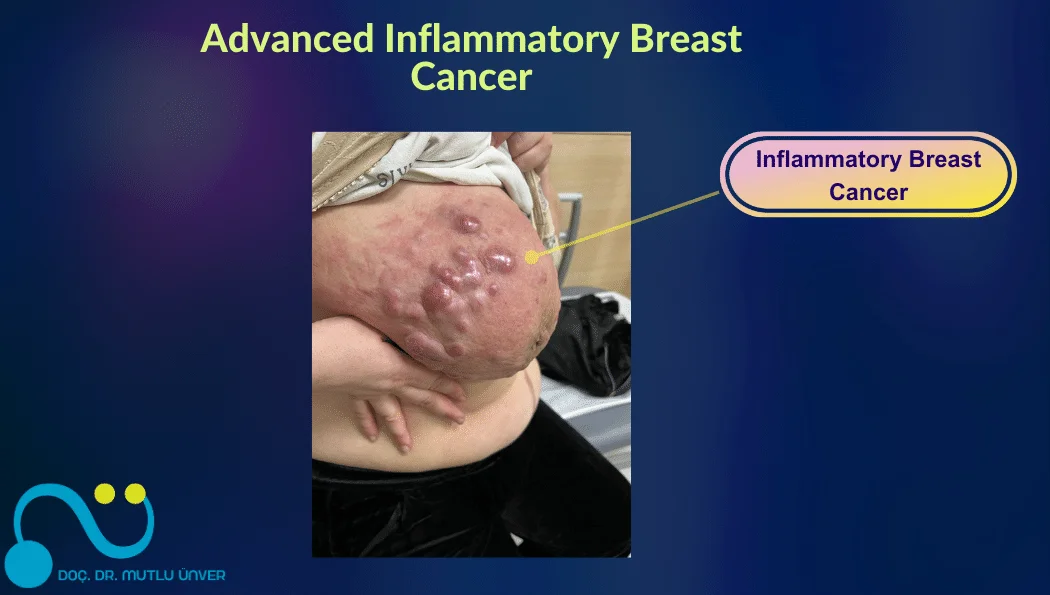
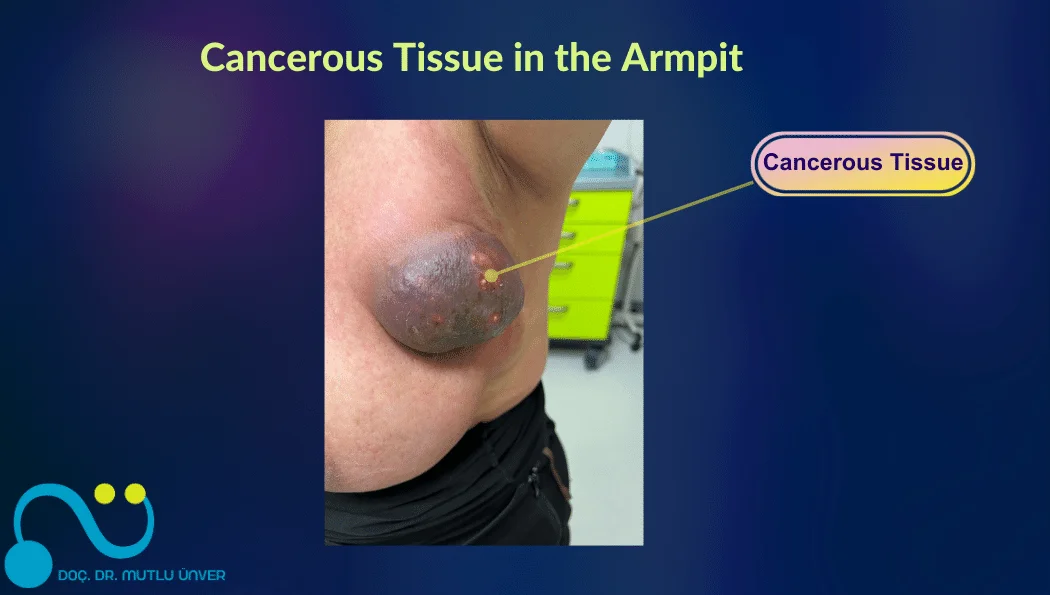
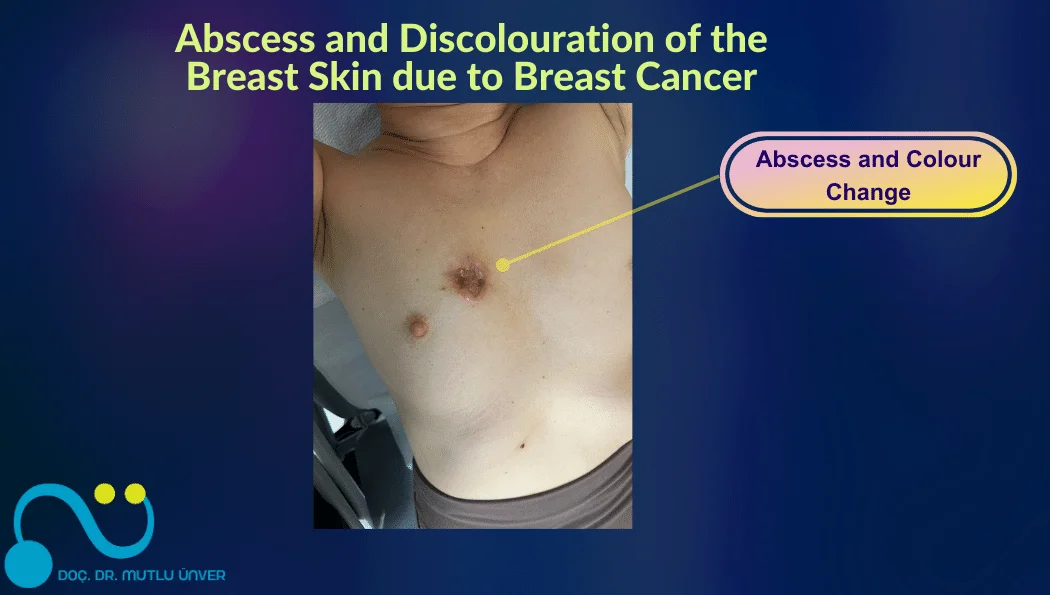
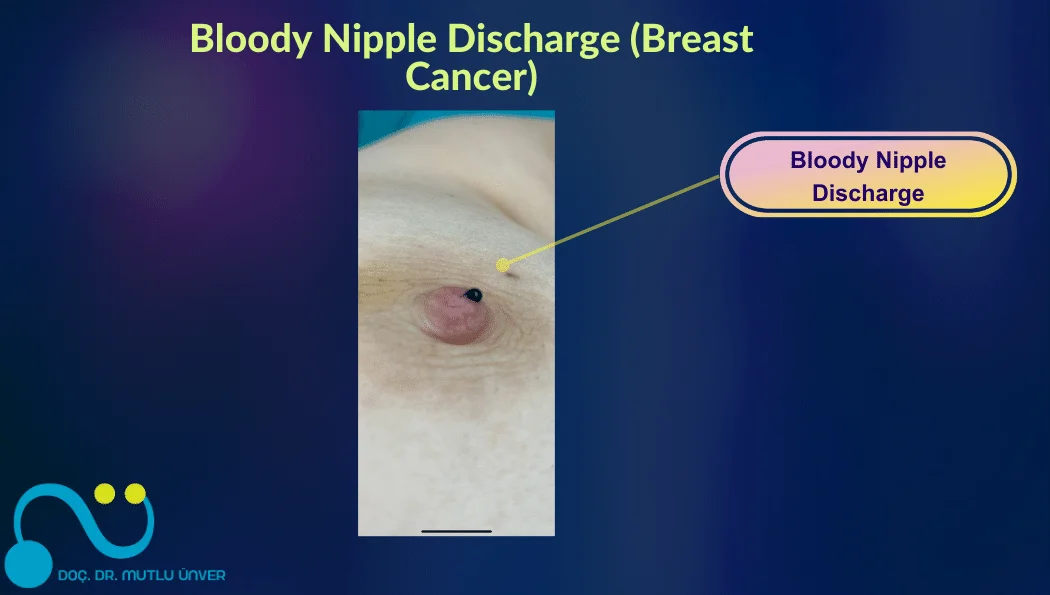
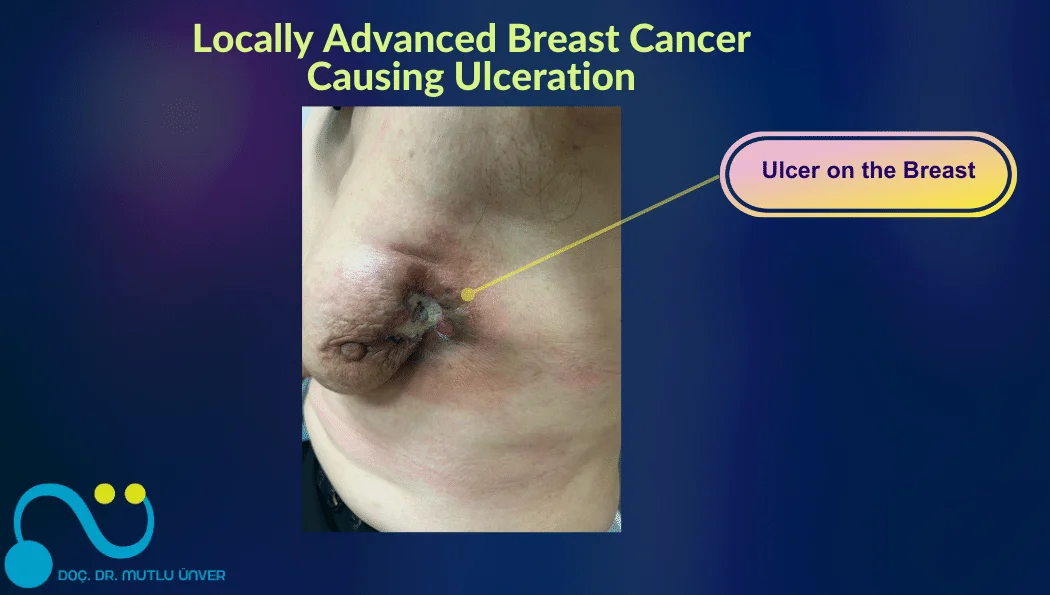
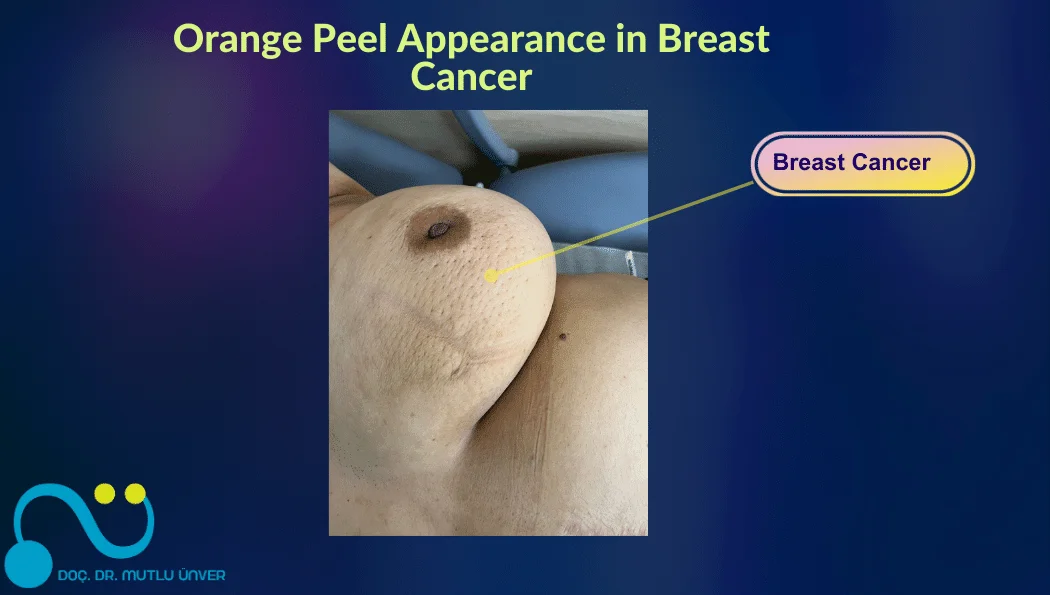










Comments